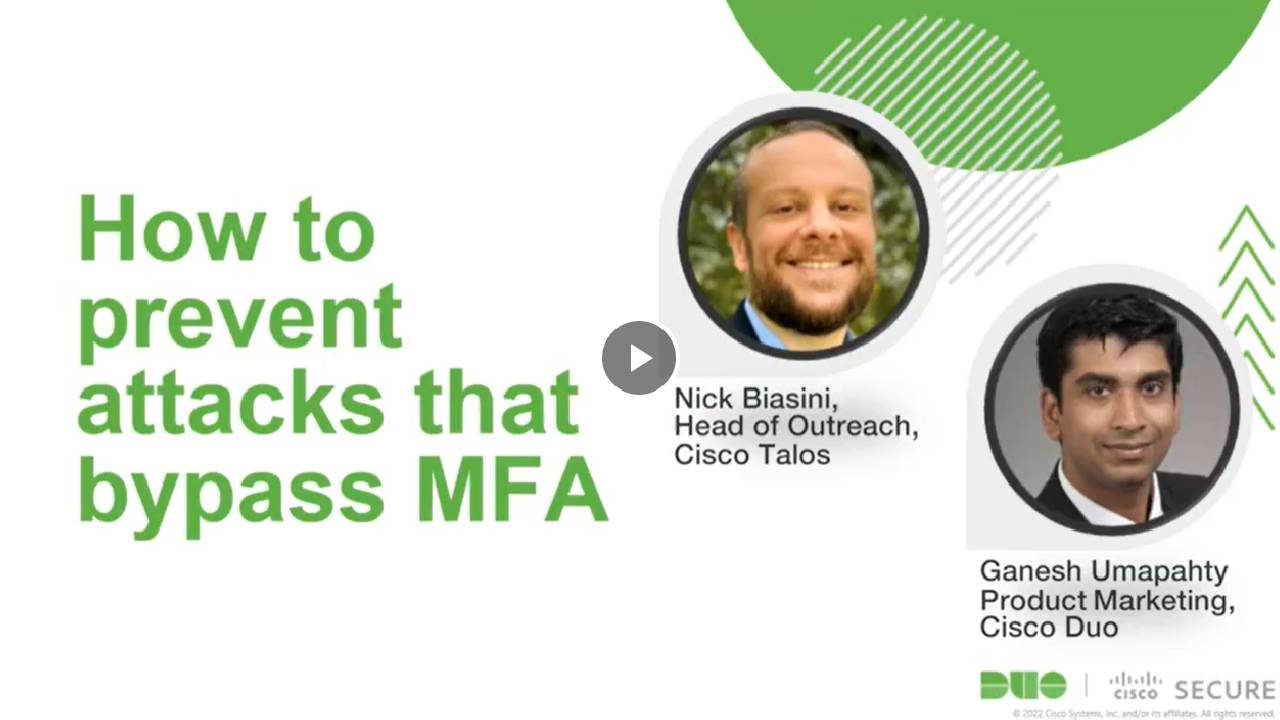In the realm of cybersecurity, the implementation of multi-factor authentication (MFA) stands out as a crucial tactic in reducing the risk of data breaches. As organizations increasingly rely on cloud-based services and mobile authenticator applications, the adoption of MFA solutions has become more widespread, creating a significant obstacle for cybercriminals seeking unauthorized access. However, this rise in MFA usage has also led to the evolution of attack tactics employed by malicious actors.
One of the emerging threats facing organizations is the phenomenon known as MFA Fatigue, also referred to as prompt bombing. This tactic involves overwhelming users with multiple authentication prompts, ultimately leading to confusion and potentially compromising the security of the system. Additionally, adversaries are employing more sophisticated techniques such as Adversary-in-the-Middle (AiTM) phishing attacks, which specifically target vulnerabilities in MFA systems.
To address these evolving threats, security professionals are advocating for the adoption of more secure authentication factors or factors that are resistant to phishing attempts. This shift towards stronger authentication measures is essential in staying ahead of cybercriminals who are constantly refining their tactics to bypass MFA protections.
In response to the growing concerns surrounding MFA vulnerabilities, industry experts like Nick Biasini, Head of Outreach for Cisco Talos, and Ganesh Umapathy, Product Marketing Manager for Cisco Duo, are leading discussions on how attackers are circumventing MFA defenses and what organizations can do to enhance their security posture. By staying informed about the latest trends in MFA attacks and implementing proactive measures, businesses can better safeguard their sensitive data and mitigate the risk of breaches.
As the threat landscape continues to evolve, collaboration between security professionals and technology innovators is crucial in developing robust defenses against cyber threats. By leveraging insights from industry leaders and investing in advanced security solutions, organizations can fortify their defenses and enhance their resilience in the face of sophisticated attacks.
Overall, the adoption of multi-factor authentication remains a critical component of modern cybersecurity practices. As cyber threats become more prevalent and sophisticated, organizations must remain vigilant in implementing strong authentication measures and staying updated on emerging tactics used by cybercriminals. By prioritizing security and investing in proactive measures, businesses can effectively safeguard their digital assets and protect against the ever-changing landscape of cyber threats.


